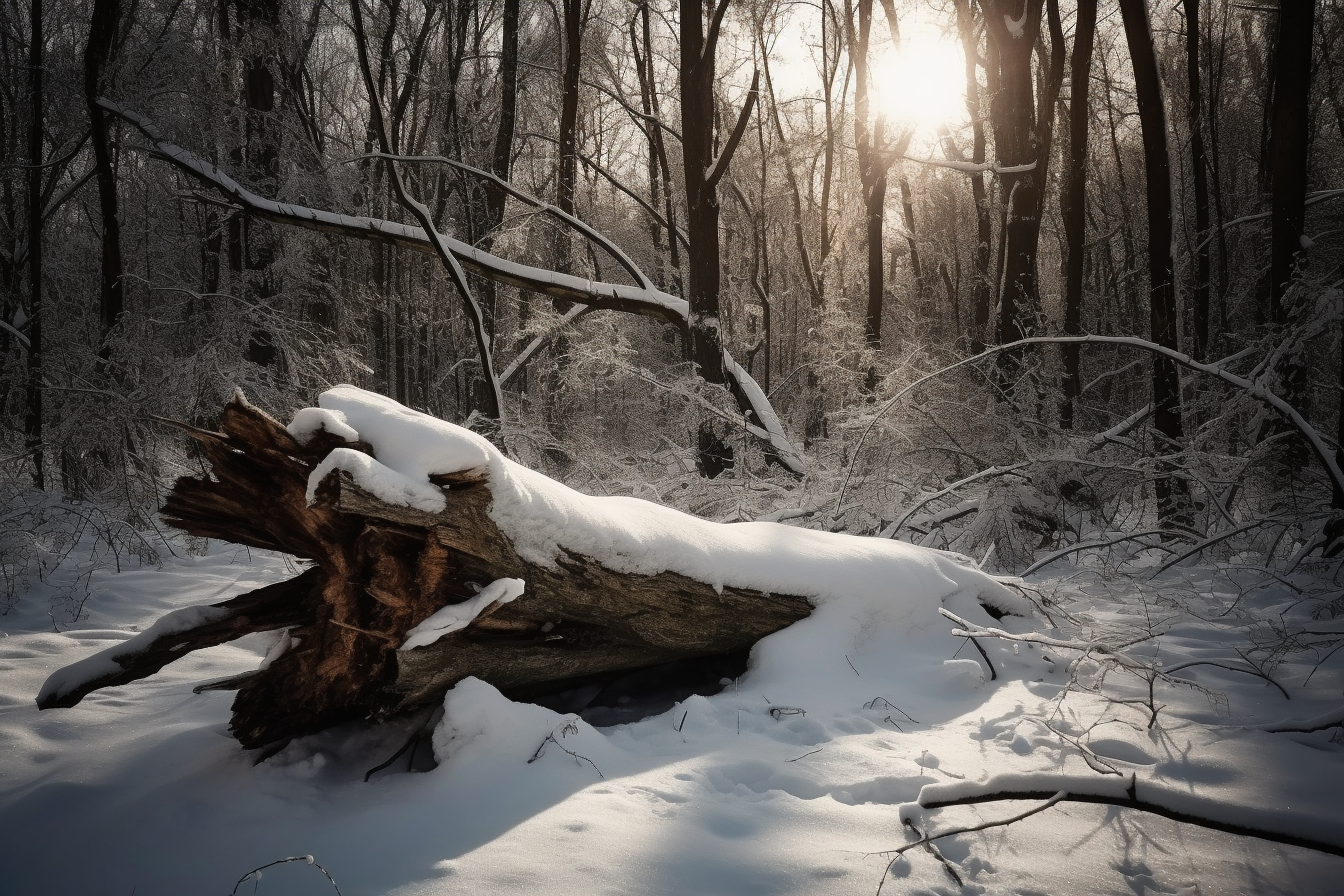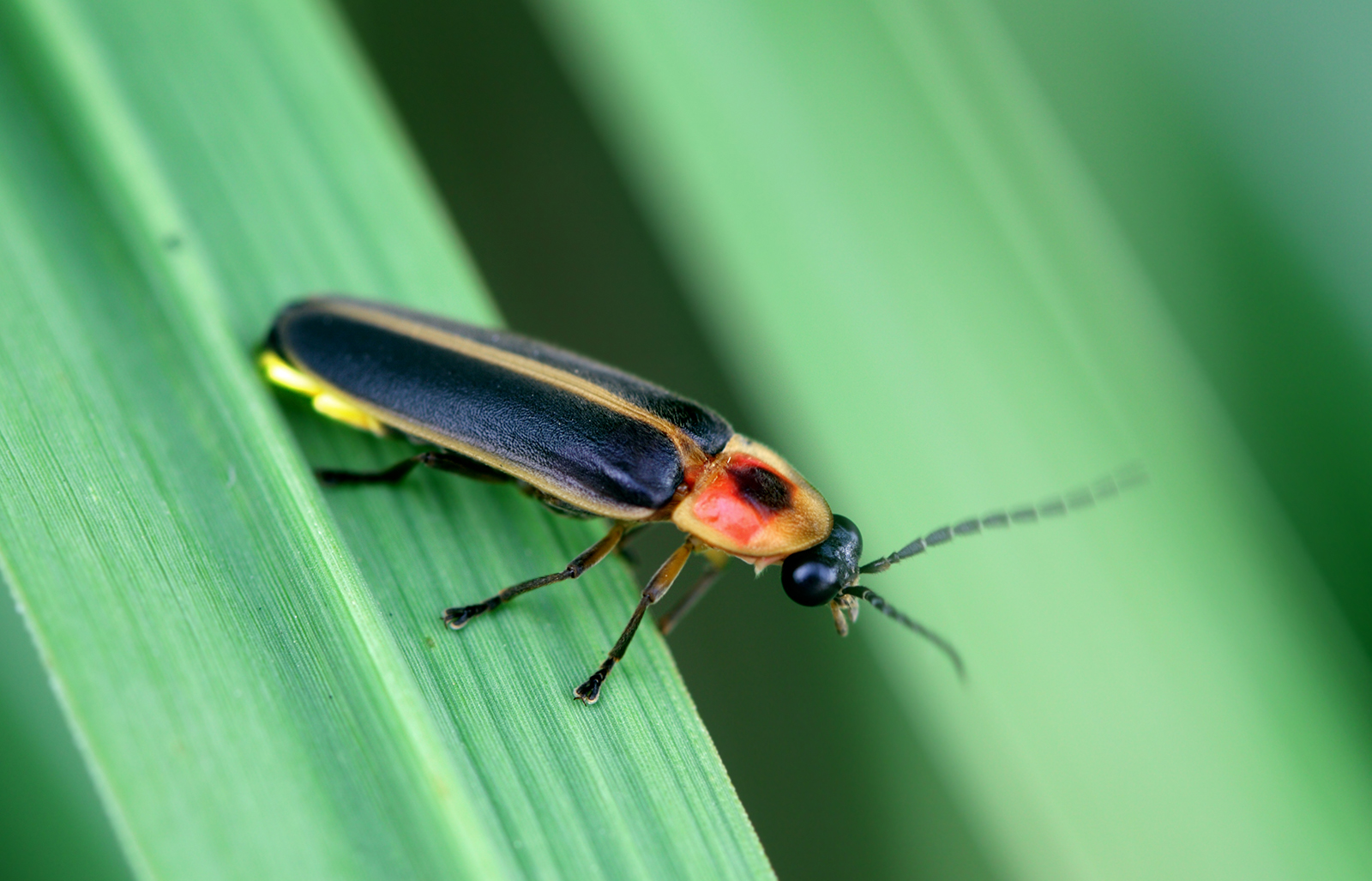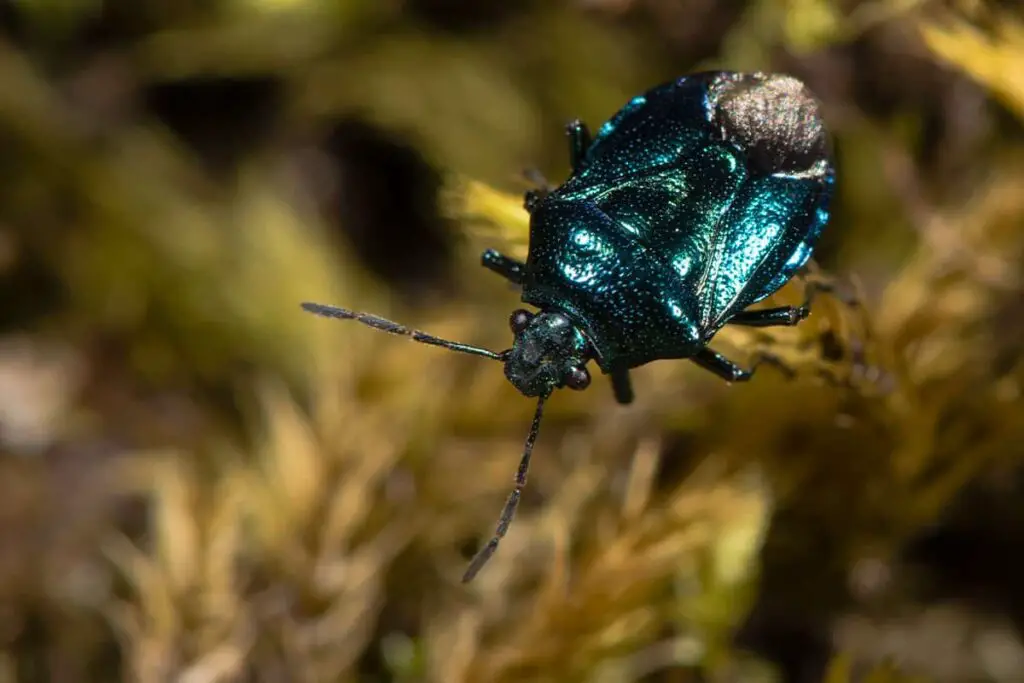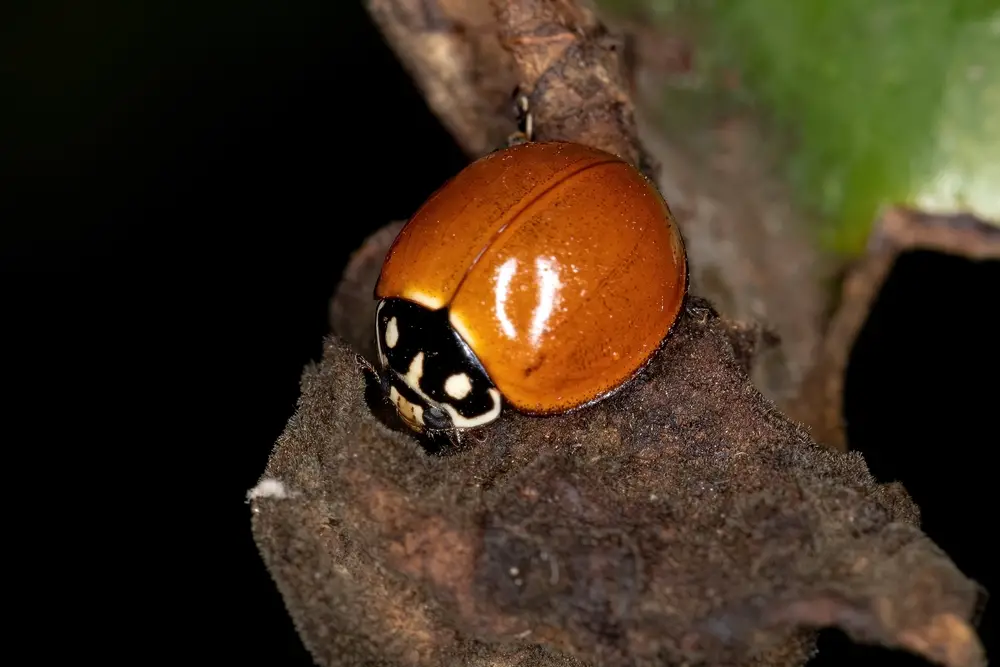
As winter approaches many insects just seem to disappear. I found myself wondering where fireflies went during the colder months, and in finding out I learned they have their own unique ways of coping with the cold weather. In this article we’ll explore where fireflies go during the winter and how they manage to survive until the warmer months return.
Fireflies usually spend the winter in their larval stage, burrowing underground or hiding beneath layers of tree bark to escape the freezing temperatures above the surface. During this time they are inactive and do not produce light.
When the weather warms up in the spring these little insects will emerge as adults and begin their reproductive rituals, which involve flashing their distinctive bioluminescent light patterns to attract mates.
Firefly Life Cycle
As an insect, a firefly goes through several developmental stages in its life, including the egg, larval, pupal, and adult stages. The life cycle of a firefly can take anywhere from a few months to over two to three years, but the majority of its life is spent as a larva. Let’s delve into each of these stages and discover the progression of a firefly’s life.
Eggs
Female fireflies lay eggs in moist soil or leaf litter, usually near a water source like a pond, stream, or marsh. These eggs hatch in three to four weeks, with the emerging larvae ready to begin the next stage of their life.
Larvae
Firefly larvae are predators that primarily feed on soft-bodied invertebrates such as snails, slugs, and worms. The larval stage is the longest stage in the firefly’s life, often lasting well over a year, during which these nocturnal creatures may live through two winters before pupating (ThoughtCo). Throughout the larval stage a firefly will continually molt its exoskeleton to accommodate its growth, ultimately reaching about three-quarters of an inch in length just before pupating.
Pupae
After the larval stage the firefly enters the pupal stage. In this stage, the firefly transforms from a larva into an adult, tucked away in a protective cocoon. This metamorphosis can take anywhere from one week to a few months, depending on the species and environmental conditions.
Adults
Once fully transformed, adult fireflies emerge from their pupal stage, ready to display their famous bioluminescent abilities to attract a mate. Depending on the species and regional climate, adult fireflies generally live for a few weeks to a couple of months. During their adult lives, fireflies primarily focus on reproducing and laying eggs, continuing the cycle of life for future generations.
Firefly survival during the winter months varies by species. Some firefly species, like winter dark fireflies, hibernate as adults, typically sheltering behind the bark near the base of trees (Forest Wildlife). Other species spend their winters as larvae, concealed beneath the soil or leaf litter.

Fireflies in Winter
In winter fireflies have unique survival strategies to ensure their existence in harsh weather conditions. Let’s quickly cover these strategies, as well as their hibernation habits.
Survival Strategies
As the temperature drops most firefly species spend their winter as larvae. They seek refuge underground where they can avoid freezing temperatures above the surface. This is made possible by the insulation provided by soil, allowing them to maintain a stable temperature during the frosty season.
Some fireflies that live in regions with mild winters will manage to survive the season, but on average the lifespan of an adult firefly is approximately 2 months and most will perish.
Hibernation
During the winter months, fireflies hibernate either underground or beneath warm and thick tree bark. This helps them conserve energy and protect themselves from extreme cold.
There is even a specific North American species called Winter dark fireflies (Ellychnia corrusca) that remain active in the winter. Adults of these fireflies can be spotted glowing in the woods during late February and March (Scientific American).
Understanding how fireflies adapt and continue to thrive during winter months is vital in preserving their populations and the delicate balance of the ecosystems they inhabit.
Winter Habitat
Forest Floors
Fireflies choose to overwinter in various spaces on forest floors. More specifically, they prefer to hide under layers of tree bark or congregate on the sunny sides of trees, where sap flows are found. This behavior can be attributed to the warmth, protection, and sustenance these microhabitats provide.
Underground
In areas with harsher winters, fireflies are known to hibernate underground in their larval state. They do this to avoid the freezing temperatures above the surface, ensuring their survival until spring arrives.
In conclusion, by seeking shelter in forest floors and underground, fireflies can endure the winter months and emerge again when the warmer weather returns. This knowledge not only helps us appreciate their resilience but also aids in the conservation of these magical insects.
Impact of Climate Change
As I delved into the world of fireflies, I couldn’t help but notice the profound impact climate change has on these fascinating creatures. Within this section, I will discuss the changing habitats and the resulting effects on firefly populations.
Changing Habitats
Fireflies love moisture and are usually found in humid regions of Asia and the Americas, or around wet and damp areas in drier regions (National Geographic). Climate change has caused fluctuations in temperature and precipitation, altering the conditions necessary for fireflies to thrive (Science | AAAS). For instance, if conditions are too wet or too dry, peak emergence of fireflies can be delayed by up to 2 weeks. This disrupts their lifecycle and contributes to the decline of the species.
Firefly Populations
As habitats change, firefly populations are also affected. Fireflies are threatened by habitat destruction and degradation, pesticides, light pollution, poor water quality, invasive species, overcollection, and climate change (Mongabay). While adult fireflies live for less than a month, their larvae can live up to two years, so it’s mainly the threats to larvae that influence their population numbers.
In conclusion, understanding the impact of climate change on fireflies is crucial for their conservation. By protecting their habitats and mitigating the effects of climate change, we can ensure the survival of these bioluminescent wonders for future generations to appreciate.
Tips for Supporting Firefly Populations
Garden Practices
In my personal experience, I’ve found that there are several key garden practices that can help support firefly populations during the colder months. First and foremost, it is crucial to avoid using pesticides in your garden, as they can harm both fireflies and their food sources, such as slugs and grubs. Keeping the garden clean may seem like a good idea but leaving some leaf litter or garden debris on the ground can provide damp and dark habitat for firefly larvae.
Creating Habitat
One of the most effective things I’ve found to support firefly populations is providing a safe habitat for them. This can be achieved by adding water features to your garden, since fireflies thrive in wet, marshy conditions. Having an old woodpile in your garden is another great way to provide shelter for fireflies and their larvae.
In addition to these ideas, you might also considering planting trees and shrubs in your garden to give adult fireflies a place to perch and hide. By combining all these methods, I believe that any homeowner can significantly contribute to creating a welcoming environment for fireflies during the winter months, ultimately helping to support their populations.
Driven by a passion for those tiny creatures that rule our world, we at Bug Domain strive to be your go-to resource for information on insects.



